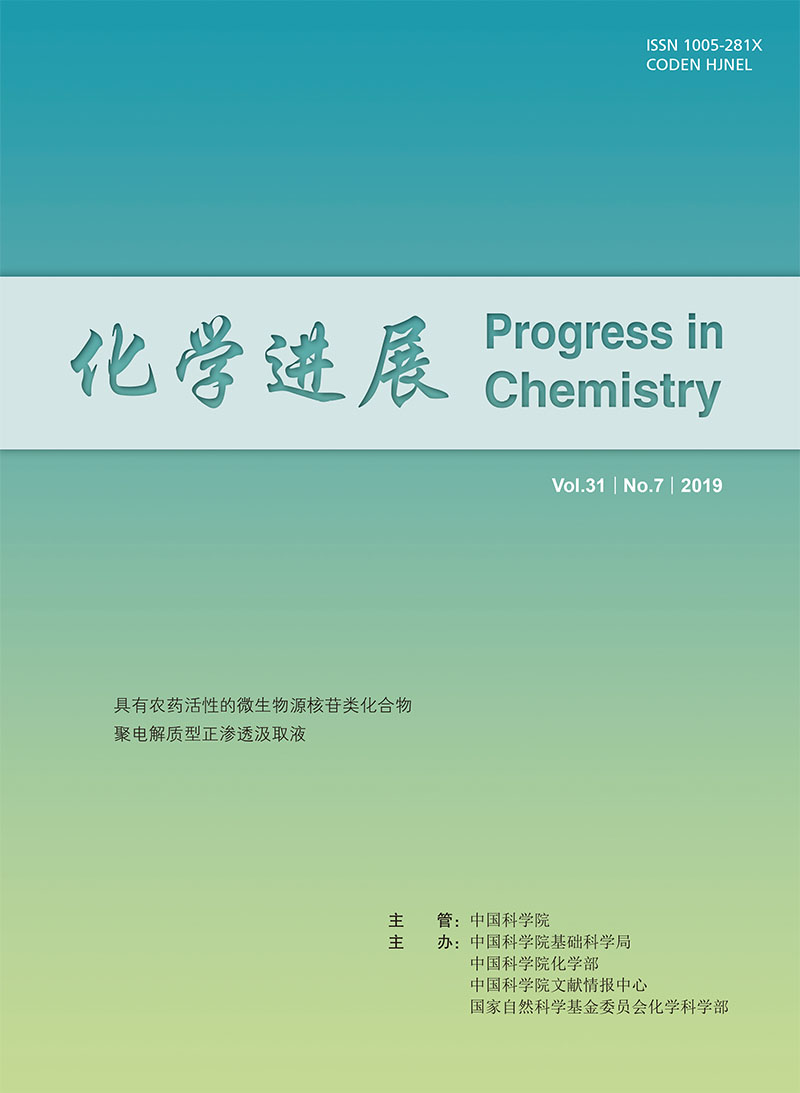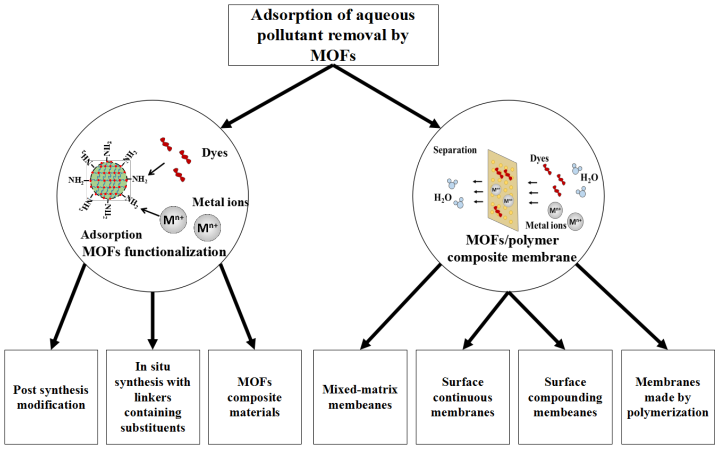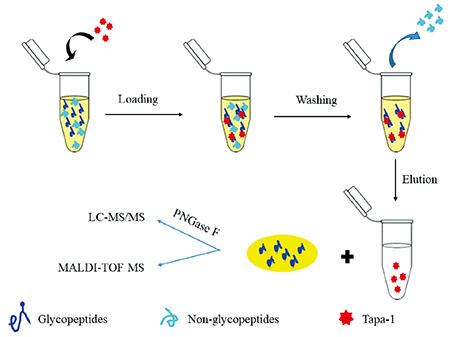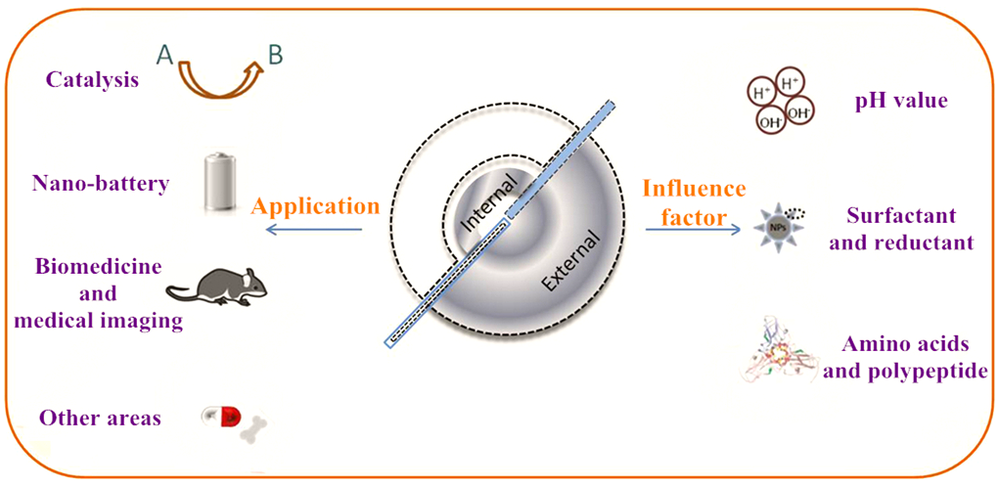Shuzhang Qu, Taoyi Zhang, Wei Wang. Olefin Polymerization with Nitrogen-Coordinated Half-Metallocene Catalyst Systems[J]. Progress in Chemistry, 2019, 31(7): 929-938.
The recent study of the half-metallocene compounds ligated with nitrogen-containing groups as catalysts for precise olefin polymerization has been reviewed in this article. Studies have found that these nitrogen-coordinated catalysts exhibit unique properties in the polymerization of olefin monomers, especially for the copolymerization of ethylene. These catalysts can not only obtain new copolymers, which cannot be synthesized by Ziegler-Natta catalysts and traditional metallocene catalysts, but also show the copolymerization activities superior to other half-metallocene catalysts. Modification of both cyclopentadienyl fragments and anionic ancillary donor ligands is the key for the improvement of polymerization behaviors. This article relates to the homopolymerization of ethylene and the copolymerization of ethylene with α-olefins(hexene-1, octene-1, etc.), styrene and cyclic olefins(norbornene, tetracyclododecene, etc).
















